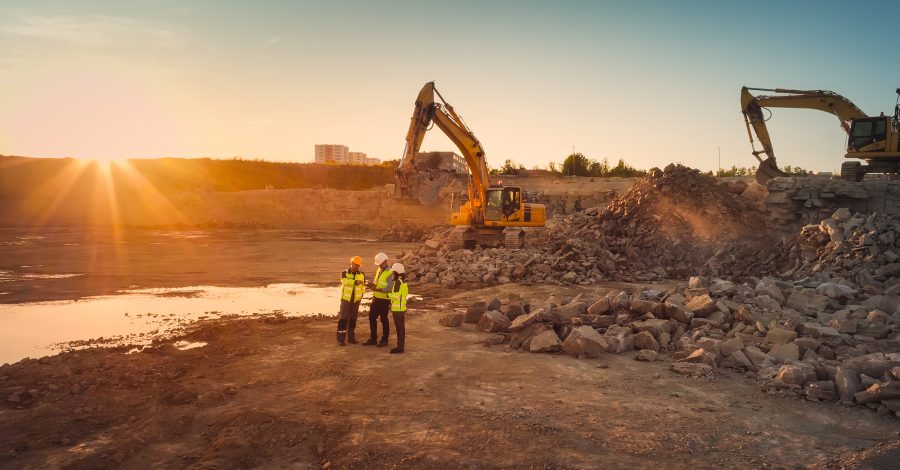Many communities in the Western U.S. are grappling with a reality that has been brewing for a while: it is becoming increasingly challenging and expensive to secure new water supplies to support new housing development. Most municipalities follow a policy that “growth pays its own way”, which means that any proposed development project must secure new water supplies (or pay cash in lieu of water, often referred to as “tap fees”) such that the water supplies and systems serving existing customers are not impacted by the new customers.
For a variety of reasons, that new increment of water to support development is often expensive and/or difficult to find, which has sometimes frustrated the land development community. In Colorado, property owners and land developers successfully lobbied to pass HB 1211 this past week, which will require water districts to offer discounts on tap fees to reflect water conservation measures and will also require water districts to serve new customers if they have the capacity to do so. As a result, developers may see new incentives to plan for water-efficient homes. This bill was largely motivated by the wide range of tap fees across Colorado but most water districts already offer tiered pricing for tap fees, and disparity in tap fees is unlikely to be addressed by the legislation. This latter point of whether a water district is willing to serve new growth is the issue of a recent lawsuit in the Ogden Valley area of Utah. A developer is suing the local water district for not issuing new water service commitments.
In some places, the challenge is less about cost and more about scarcity. In Arizona, a proposed bill to exempt certain housing developments from a 2023 moratorium on new groundwater uses failed to pass the state House in March. Concerns about water supply for new development are even emerging in Hawaii, which recently passed a resolution to develop a database on water supply availability and developer commitments. These examples point out a stark reality: many Western U.S. communities need more housing, and yet the water costs of building new homes will continue to rise. Rising water costs and water scarcity that exist in some locales are not likely to be fixed by policy and legislation or lawsuits. Water markets and tap fee prices reflect the water supply-demand balance for a given area and are most impacted by our ability to change supply or demand.
Two take home points for the development community: (1) create low water use projects to minimize water costs, and (2) understand the water supply solution at the front end of a project to minimize cost risk. Have questions about your projects or need help defining the water supply solution? Reach out to us at info@waterexchange.com.


